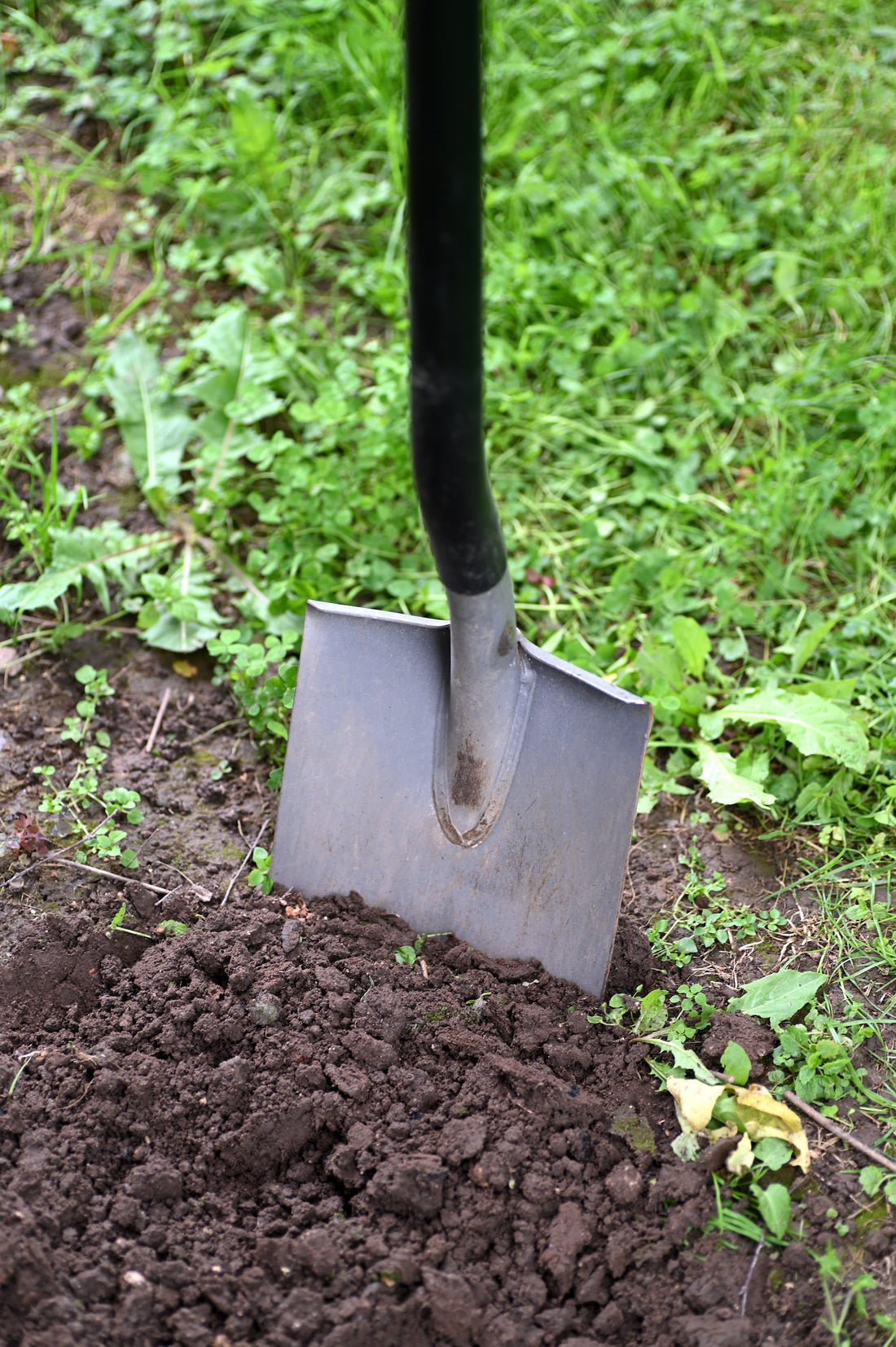Hand-tilling is a great way to keep your garden ready for planting without the use of machinery. Machine tilling is highly disruptive to the already existing garden ecosystem.
Many gardeners are turning to no-till methods to improve soil health and harvest bounties. However, a newly formed garden space does benefit from being turned over at least once to loosen the soil and clear it of obstructions. It's also the perfect time to add some compost to boost nutrients in the soil.
The first step to the double-digging technique of hand tilling is to clear your garden space of weeds, rocks, and other obstructions. Next, spread a thick layer of compost over your garden space. This compost will then be worked into the soil as you till.
In this hand-tilling method, you will work from one end of the garden to the other. After you've spread the compost, dig a ditch along the entire edge of one side of the garden. The ditch should be about 10"-12" deep. You will need a good, broad shovel for this with a sharp blade.
Then, dig another 10" ditch next to the first ditch. As you dig, scoop the dirt from the 2nd ditch into the first. After you've completed the 2nd ditch, start a third. Move the dirt from the 3rd ditch into the 2nd and continue on like this until you've dug across the entire garden. Always move the dirt from the new ditch into the previous one, transferring the soil from one to the other.
You can do an optional step to loosen the soil even more. Whether you need this depends on the compactness of the soil in your garden. You should incorporate this step with each row if you have particularly dense or compact soil.
After you dig each row, use a garden fork to dig into the soil of the dug row. Push the tines down into the hole as far as they will comfortably go, and then rock the handle of the garden fork back and forth. This will further loosen the soil. Repeat this down the entire length of the row.
For the final ditch, fill it with the soil you dug up from the first ditch. There should not be any empty ditches left.
Lastly, rake over the soil until it is smooth. Your garden is now ready to be planted.



